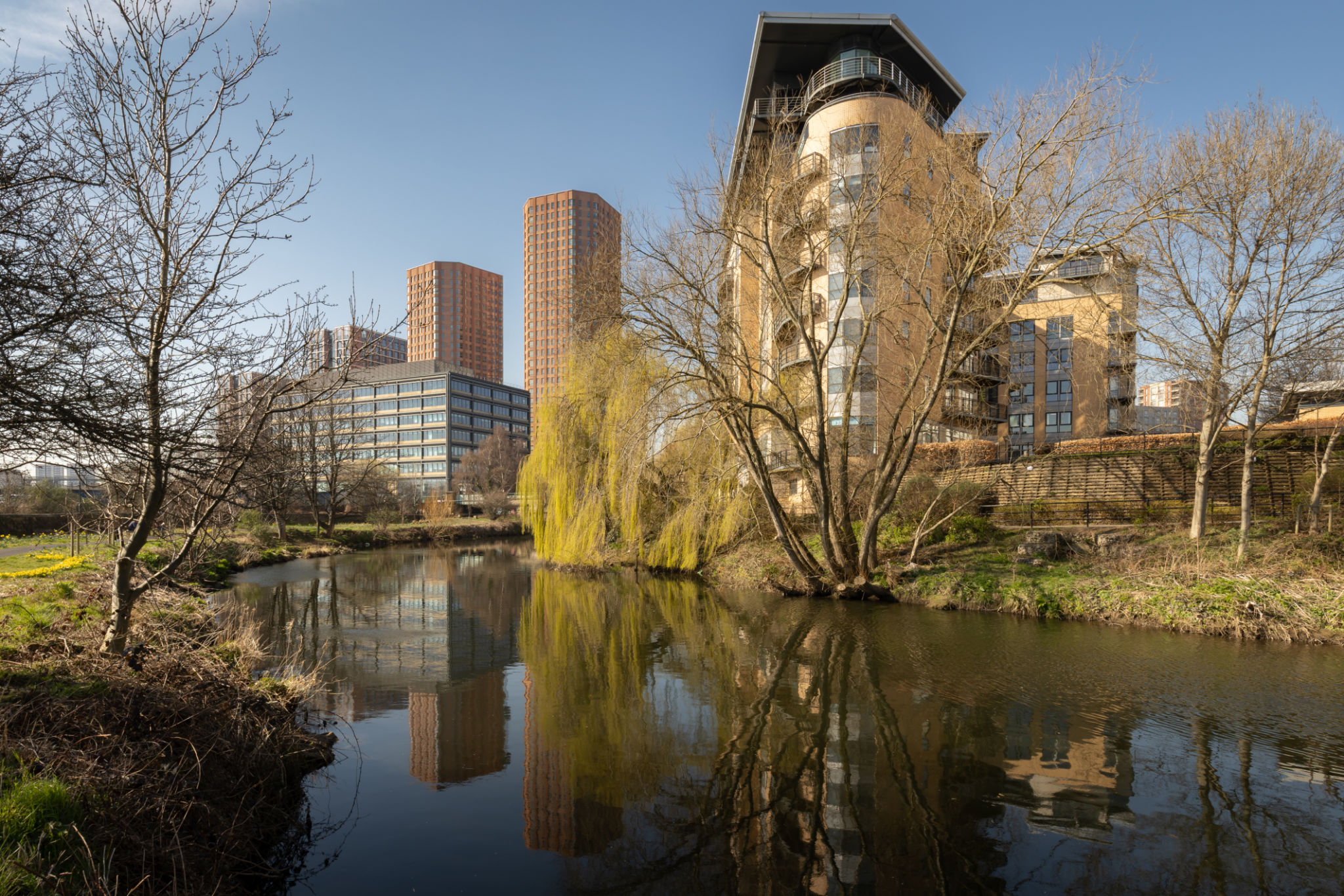Case Study: Successful Land Development Projects in Southern England
NB
Introduction to Land Development in Southern England
Southern England has long been a hub for innovative land development projects. Balancing urban expansion with environmental stewardship, these projects exemplify successful integration of modern infrastructure with natural landscapes. This case study explores some of the most notable developments in this region, highlighting their strategies, challenges and achievements.

Key Elements of Successful Projects
Several factors contribute to the success of land development projects in Southern England. These include strategic location selection, sustainable design practices, community engagement and technological integration. By focusing on these elements, developers can create projects that not only meet current demands but are also future-proof.
Location is crucial as it determines accessibility, potential growth and environmental impact. Successful projects are often situated near transport links and existing urban areas, minimising the need for extensive infrastructure development.
Sustainable Design Practices
Sustainability is at the core of modern land development. Projects in Southern England often incorporate green building techniques, renewable energy sources and efficient water management systems. This not only reduces the environmental footprint but also enhances the long-term viability of the developments.

For instance, many projects use solar panels and wind turbines to generate power. Additionally, environmentally friendly materials and construction methods are employed to reduce carbon emissions.
Community Engagement and Benefits
Engaging with the local community is essential for gaining support and ensuring the success of development projects. In Southern England, developers often conduct consultations and workshops to gather feedback and address concerns. This collaborative approach helps in creating developments that truly benefit the local population.
Projects often include amenities such as parks, community centers and retail spaces that enhance the quality of life for residents. By focusing on community-centric planning, developers can ensure long-term success and satisfaction.

Technological Integration in Development
Technology plays a pivotal role in modern land development. Developers in Southern England are increasingly using digital tools for planning, construction and management. These technologies not only streamline processes but also improve accuracy and efficiency.
For example, Building Information Modeling (BIM) is commonly used to create detailed 3D models of projects. This facilitates better planning and decision-making throughout the development process.
Challenges and Solutions
Despite their success, land development projects in Southern England face challenges such as regulatory hurdles, funding constraints and environmental concerns. However, developers have been innovative in finding solutions to these issues.
Collaborative partnerships with local authorities and stakeholders are crucial in navigating regulatory landscapes. Moreover, securing diverse funding sources ensures financial stability and project completion.

Conclusion
The successful land development projects in Southern England serve as exemplary models for balancing growth with sustainability. By focusing on strategic location, sustainable practices, community engagement and technological innovation, these projects not only meet current needs but also pave the way for future developments. As urbanisation continues to expand, these principles will remain crucial in achieving harmonious development.